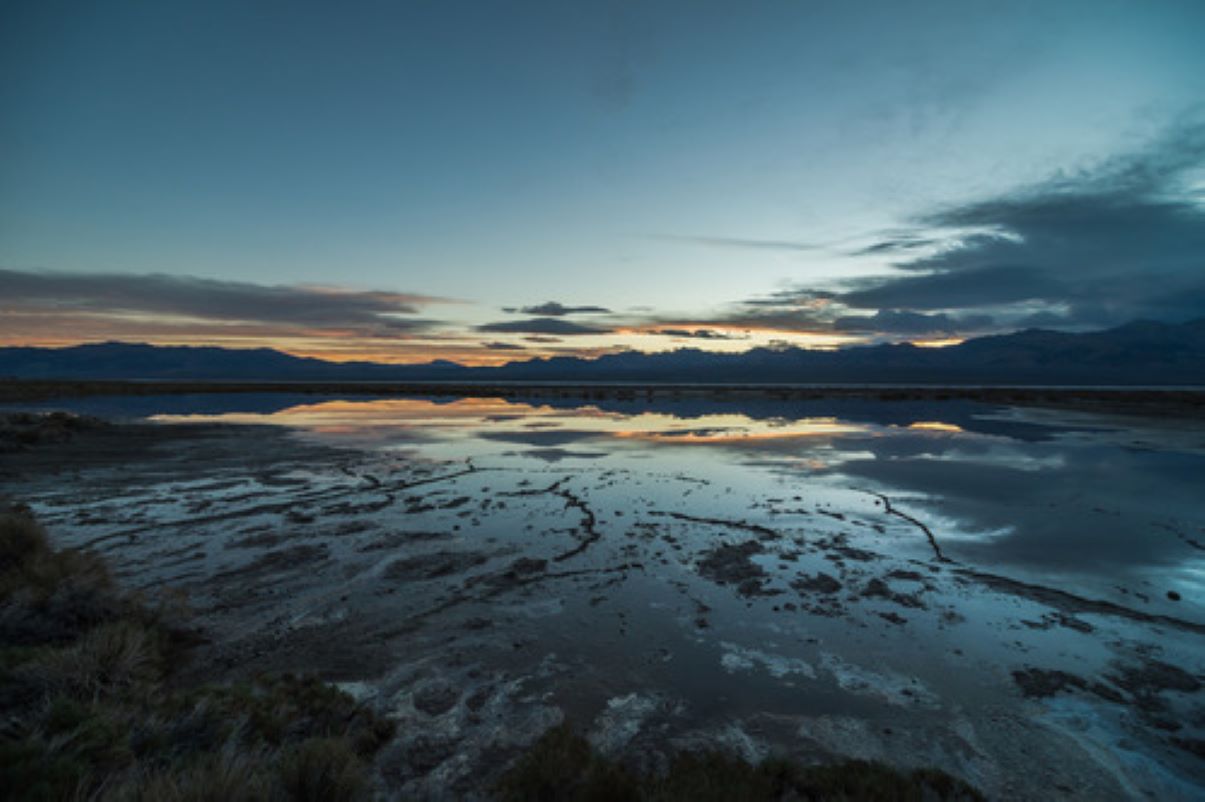If the outdoors, an ancient lake, and stunning views are all things that make your Spidey senses tingle, you need to head to Death Valley as soon as possible. The National Park Service says there is a small window when you could kayak in a lake in Badwater Basin, and it’s happening right now. Pack your gear and go on an adventure at Death Valley National Park.

The ancient lake is having a moment
The driest spot in the U.S. saw enough rain to turn the lowest elevation point in North America (which hits 282 feet below sea level) into a glorious lake where kayaks roam free. Though it is only temporary, Badwater Basin, located at the bottom of Death Valley National Park, a foot of water took over the normally dry salt flat to form Lake Manly.
Help from a hurricane
The unexpected additional inches of rainfall boosted Badwater Basin due to Hurricane Hilary in August 2023. Typically, Death Valley National Park gets two inches of rain a year, but because of the hurricane, the valley floor caught 4.9 inches in six months, with a bonus of 1.5 inches in early February.

Go kayaking in Lake Manly
The lake was prime for kayaking in August after the hurricane, but unfortunately, flash flooding created conditions that took months for roads to be accessed safely by the public. Though most secondary and back roads are closed again, the primary paved roads will get you to the main attractions.
You should hurry, as kayaking the six-mile-long by three-feet-wide lake could only last another few weeks. The last time the spot collected enough water to do anything fun was in 2005, and the water was gone within a week. If you don’t want to kayak but still want to see a gorgeous sight, rangers want the public to know reflections cast at Lake Manly are worth the visit and could be seen through April.

For your visit to Death Valley
If you do visit, please be respectful and minimize your visit as much as possible. You don’t have to have been a Scout to know you should leave no trace when visiting any National Park (or anywhere, really). Be mindful of where you park your car and watch those footsteps, as the NPS said it could take years for the lakeshore to erase your mark. The paths are your friends. Also, know kayaks will not be available to rent, so bring your own gear and enough water to rinse off the salt when you are done.
If you want to be one of the few people to say they kayaked on Lake Manly in Badwater Basin, get moving. The conditions are just right to witness this beautiful — and rare — natural event, so set up a campsite or grab a hotel room and let Death Valley show you the view of a lifetime.




